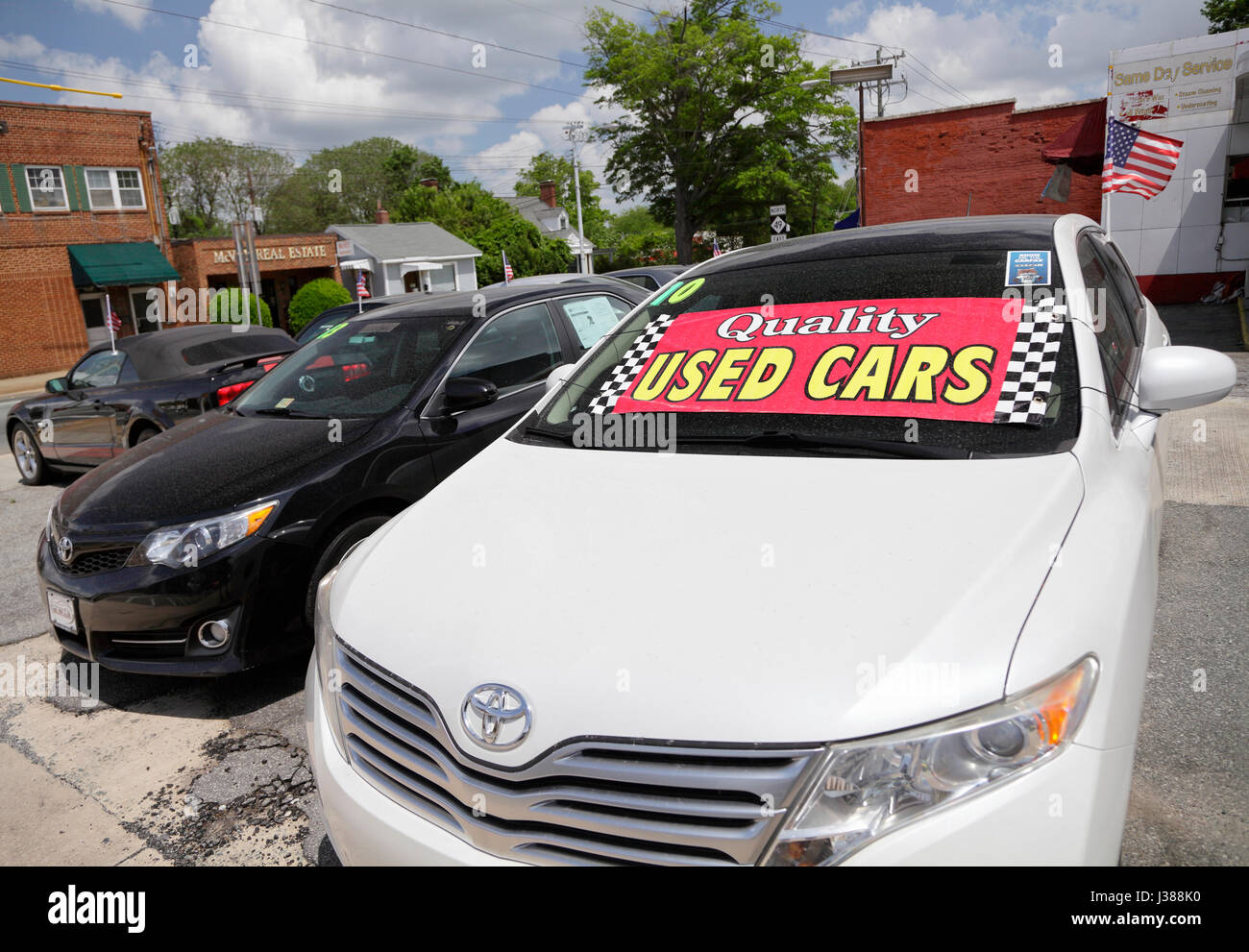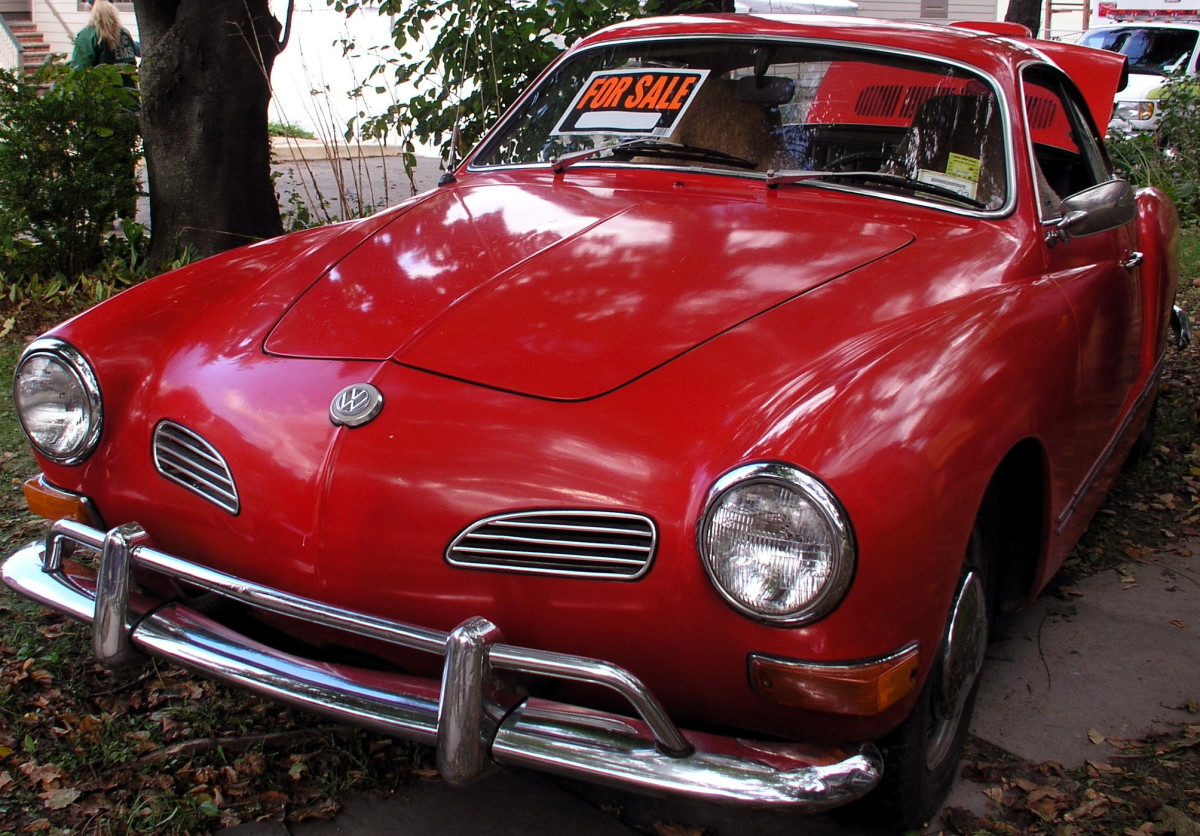Used S10 Pickup Trucks: A Comprehensive Buyer’s Guide pickup.truckstrend.com
Introduction: The Enduring Appeal of the Chevrolet S10
In the vast landscape of pickup trucks, few models have carved out as enduring a niche as the Chevrolet S10. Launched in 1982 as Chevrolet’s first compact pickup, the S10 quickly became a ubiquitous sight on American roads, known for its practical size, surprising capability, and approachable price point. While production ceased in 2004, the S10 continues to be a highly sought-after vehicle in the used car market. For budget-conscious buyers, small business owners, or enthusiasts looking for a customizable platform, a used S10 pickup truck offers an compelling blend of affordability, utility, and a strong community following. This comprehensive guide will delve into everything you need to know about buying, maintaining, and understanding the enduring appeal of the used S10.
Used S10 Pickup Trucks: A Comprehensive Buyer’s Guide
Why Choose a Used S10 Pickup Truck?
The decision to opt for a used S10 isn’t merely about saving money; it’s about investing in a proven workhorse that offers several distinct advantages:
- Affordability: Compared to newer, full-size trucks, the S10 is remarkably inexpensive to purchase, making it an excellent option for first-time truck owners or those on a tight budget.
- Maneuverability and Size: Its compact dimensions make the S10 easy to navigate in urban environments, park in tight spaces, and handle on smaller roads where larger trucks might struggle. It’s the perfect "just right" size for many.
- Versatility: From hauling gardening supplies and furniture to serving as a reliable daily commuter or a weekend adventure vehicle, the S10’s open bed and capable powertrain offer immense versatility.
- Reliability and Durability: Many S10s were built with straightforward, robust mechanicals, leading to a reputation for longevity, especially with regular maintenance.
- Aftermarket Support and Customization: Due to its popularity and long production run, the aftermarket for S10 parts and accessories is vast. Whether you need replacement components or want to customize your truck for off-roading, performance, or show, options are plentiful and often affordable.
- Ease of Repair: The S10’s relatively simple design means that many common repairs can be tackled by a DIY enthusiast, saving on labor costs. Parts are also readily available.

A Look Through the Generations: S10 Evolution
The Chevrolet S10 spanned two distinct generations, each with its own characteristics and improvements:
First Generation (1982-1993)

The original S10 debuted as a groundbreaking compact truck, offering a more fuel-efficient and agile alternative to full-size pickups. Initially available with a modest 1.9L I4 engine, it quickly gained more capable options, including a 2.8L V6 and later the highly regarded 4.3L V6. Body styles included regular cab and extended cab, with short and long bed options. These early models are known for their boxier, utilitarian styling and rugged simplicity. While older, well-maintained first-gen S10s can still be found and offer a truly classic truck experience.
Second Generation (1994-2004)
The second generation brought a significant redesign, featuring a more aerodynamic and car-like exterior, an updated interior, and enhanced safety features like available airbags. The engine lineup matured, with the 2.2L I4 becoming the standard and the 4.3L V6 continuing as the workhorse option. This generation introduced more comfort and convenience features, various trim levels (including the off-road capable ZR2 and the sporty Xtreme), and even a crew cab option for a brief period. The second-gen S10 is generally more common on the used market and offers a more modern driving experience.
Powering Your S10: Common Engine Options
The S10 primarily offered two main engine choices throughout its lifespan, each with its own merits:

- 2.2L 4-Cylinder Engine: This inline-four engine was the standard offering in most S10s, particularly in the second generation. It’s known for its excellent fuel economy (for a truck) and straightforward reliability. While not a powerhouse, it’s perfectly adequate for light hauling, commuting, and general utility, especially when paired with a manual transmission.
- 4.3L V6 Engine: The undisputed workhorse of the S10 lineup, the 4.3L V6 (often referred to as the "baby 350" due to its shared architecture with Chevy’s small-block V8) provided significantly more power and torque. This engine is ideal for heavier towing, hauling larger loads, or simply for those who prefer more spirited acceleration. It’s generally robust but can be prone to certain issues like intake manifold gasket leaks or fuel pump failures with age.
Trim Levels and Configurations
Beyond the engine, S10s came in various configurations to suit different needs:
- Body Styles: Regular Cab (two doors, one row of seats) and Extended Cab (two or four doors, small rear jump seats). Some later second-gen models offered a limited Crew Cab option.
- Bed Lengths: Short Bed (typically 6 feet) and Long Bed (typically 7.5 feet).
- Drive Types: Two-wheel drive (2WD) and Four-wheel drive (4WD).
- Trim Levels:
- Base/Work Truck: Stripped-down models designed for utility and affordability, often lacking power accessories.
- LS: A step up, offering more comfort and convenience features like air conditioning, power windows, and upgraded interiors.
- ZR2: An off-road specific package (second generation) featuring a wider stance, lifted suspension, larger tires, and skid plates, making it highly capable on rough terrain.
- Xtreme: A sporty, lowered street truck package (second generation) with unique body kits, wheels, and interior accents, popular among customizers.
What to Look For When Buying a Used S10: A Practical Checklist
Buying any used vehicle requires diligence, and the S10 is no exception. Here’s a detailed checklist to guide your inspection:
- Rust: This is the S10’s Achilles’ heel, especially in regions that use road salt.
- Frame: Inspect the entire frame for excessive surface rust, flaking, or rot, particularly near suspension mounting points and the rear axle. This is critical.
- Body Panels: Check wheel wells, rocker panels, cab corners, bed sides (especially behind the rear wheels), and the tailgate. Bubbling paint often indicates underlying rust.
- Brake Lines & Fuel Lines: These are vulnerable to corrosion.
- Engine Health:
- Listen: Start the engine cold. Listen for knocking, ticking, or grinding noises. A persistent "whirring" might indicate a failing fuel pump.
- Leaks: Check for oil, coolant, or power steering fluid leaks. Common S10 leaks include valve cover gaskets, oil pan gaskets, and intake manifold gaskets (especially on the 4.3L V6).
- Exhaust Smoke: Blue smoke (oil burning), white smoke (coolant burning), or excessive black smoke (rich fuel mixture) are red flags.
- Check Engine Light (CEL): If it’s on, get the codes read. Even if it’s off, cycle the key to ensure the bulb works and isn’t deliberately disabled.
- Transmission:
- Automatic: Shift through all gears while stationary, then test drive. Look for smooth, firm shifts without slipping, harsh jerks, or delays. Check fluid level and color (should be reddish, not dark brown or black).
- Manual: Test the clutch for slipping. Ensure smooth engagement and no grinding when shifting gears.
- Suspension and Steering:
- Test Drive: Listen for clunks, squeaks, or rattles over bumps.
- Visual Inspection: Look for worn ball joints, tie rod ends, control arm bushings, and leaking shocks/struts.
- Steering: Should be tight with minimal play. Listen for power steering pump whine.
- Brakes:
- Test Drive: Test for strong, even braking without pulling to one side, grinding noises, or excessive pedal travel.
- Visual Inspection: Check rotor and pad wear.
- Electrical System: Test all lights (headlights, tail lights, turn signals, brake lights), power windows, power locks, radio, HVAC fan, and wipers. Fuse box issues can be a headache.
- Interior: Check seat condition, dashboard cracks, carpet wear, and overall cleanliness. Ensure all gauges work.
- Tires: Inspect for even wear, indicating proper alignment and suspension. Check tire age and tread depth.
- Maintenance Records: Ask the seller for any service history. This provides insight into how well the truck was maintained.
- Test Drive: Drive the truck at various speeds, including highway speeds. Pay attention to how it accelerates, brakes, steers, and rides. Listen for any unusual noises.
Potential Challenges and Solutions
Like any aging vehicle, used S10s can present certain common issues. Knowing them beforehand can help with diagnosis and repair:
- Fuel Pump Failure: A common problem, especially on the 4.3L V6. Symptoms include difficulty starting, stalling, or a loud whining from the fuel tank. Solution: Replacement, often accessible through the bed for easier access.
- Intake Manifold Gasket Leaks (4.3L V6): Can lead to coolant or oil leaks. Solution: Replacement of the gasket, a relatively involved but common repair.
- ABS Light: Often caused by faulty wheel speed sensors or a failing ABS module. Solution: Diagnose and replace the faulty component.
- HVAC Issues: Blend door actuators or resistor packs can fail, leading to inconsistent heating/cooling or fan speeds. Solution: Replacement of the faulty part.
- Rust: As mentioned, persistent rust can be a major challenge. Solution: Early intervention with rust converters, regular cleaning, and undercoating. Severe frame rust may render a truck unsafe.
Aftermarket Support and Customization
One of the greatest joys of owning an S10 is the incredible aftermarket support. From mild modifications to extreme builds, the possibilities are vast:
- Performance Upgrades: Cold air intakes, exhaust systems, engine tuners, and even V8 swaps are common.
- Suspension Mods: Lift kits (especially for ZR2 models), lowering kits (for Xtreme and street trucks), and upgraded shocks/springs.
- Exterior Enhancements: Custom grilles, bumpers, lighting, bed liners, tonneau covers, and wheels.
- Interior Upgrades: Aftermarket stereos, seats, and gauges.
This extensive support makes the S10 a perfect canvas for personalization, whether you want a capable off-roader, a sporty street truck, or a reliable workhorse.
Maintenance Tips for Your Used S10
To ensure your used S10 provides years of reliable service, consistent maintenance is key:
- Regular Oil Changes: Adhere to manufacturer recommendations or more frequently if you tow or drive in harsh conditions.
- Fluid Checks: Regularly check and top off coolant, brake fluid, power steering fluid, and transmission fluid.
- Filter Replacements: Don’t neglect air filters, fuel filters, and cabin filters.
- Tire Care: Maintain proper tire pressure, rotate tires regularly, and check alignment.
- Rust Prevention: Wash your truck frequently, especially in winter, and consider applying rust inhibitors or undercoating.
- Listen to Your Truck: Pay attention to new noises, smells, or changes in performance. Addressing minor issues early can prevent major problems.
Estimated Price Guide for Used S10 Pickup Trucks
Please note that these prices are estimates and can vary significantly based on location, mileage, specific condition, trim level, engine, 2WD/4WD, and market demand. They are provided as a general guide.
| Model Year Range | Condition: Fair (Needs Work) | Condition: Good (Daily Driver) | Condition: Excellent (Well-Maintained) |
|---|---|---|---|
| 1st Gen (1982-1993) | $1,000 – $3,000 | $3,000 – $6,000 | $6,000 – $10,000+ |
| (Mostly 2WD, 4-cyl or V6) | (High mileage, some rust) | (Minor issues, decent body) | (Low mileage, minimal rust, well-preserved) |
| 2nd Gen (1994-2004) | $2,000 – $4,500 | $4,500 – $8,000 | $8,000 – $15,000+ |
| (2.2L 4-cyl or 4.3L V6) | (Higher mileage, rust, minor mechanical issues) | (Solid mechanics, average wear, minor cosmetic flaws) | (Low mileage, rust-free, all features working, ZR2/Xtreme premiums) |
- Note: ZR2 and Xtreme models in excellent condition, especially with low mileage, can command prices at the higher end or even exceed these ranges due to their specialized nature and collector appeal. Trucks with recent major maintenance (e.g., new engine/transmission) or significant modifications may also have adjusted pricing.
Frequently Asked Questions (FAQ) about Used S10 Pickup Trucks
Q1: Is a used S10 a good first truck?
A1: Absolutely. Its compact size makes it easy to handle and park, while its affordability makes it a great entry point into truck ownership without breaking the bank. Maintenance is also generally straightforward.
Q2: What’s the typical fuel economy of an S10?
A2: Fuel economy varies significantly by engine and transmission. A 2.2L 4-cylinder 2WD S10 with a manual transmission might achieve 20-25 MPG combined. A 4.3L V6 4WD automatic will likely be in the 15-19 MPG range.
Q3: Can an S10 tow? What’s its towing capacity?
A3: Yes, an S10 can tow, but its capacity is limited compared to full-size trucks. The 4.3L V6 models generally have the highest towing capacity, ranging from 4,000 to 6,000 pounds depending on the year, configuration, and specific equipment (like a factory tow package). The 2.2L 4-cylinder is best suited for very light loads or no towing. Always check the specific truck’s owner’s manual or door jamb sticker.
Q4: Are parts still available for the S10?
A4: Yes, parts availability is excellent. Due to the S10’s long production run and popularity, both OEM and aftermarket parts are widely available at auto parts stores, online retailers, and junkyards.
Q5: What are the most common problems with S10s?
A5: The most common issues are rust (especially frame and body), fuel pump failures, intake manifold gasket leaks (on the 4.3L V6), and sometimes ABS system issues. Electrical quirks, while not major, can also arise with age.
Q6: Should I get a 2WD or 4WD S10?
A6: Your choice depends on your needs. A 2WD S10 is lighter, more fuel-efficient, and generally cheaper to buy and maintain, making it ideal for street use, light hauling, and warmer climates. A 4WD S10 is heavier and less fuel-efficient but offers superior traction for off-roading, snow, or slippery conditions.
Conclusion: The Enduring Legacy of the S10
The Chevrolet S10 pickup truck, despite its production having ended years ago, continues to represent a fantastic value in the used vehicle market. Its blend of compact utility, surprising capability, and low cost of ownership makes it an attractive option for a diverse range of buyers. While vigilance is required to find a well-maintained example, the rewards of owning a reliable, versatile, and easily customizable S10 are substantial. For those seeking a practical and affordable truck that embodies the spirit of classic American pickups, the used S10 stands as a testament to simple, honest utility that truly stands the test of time.



